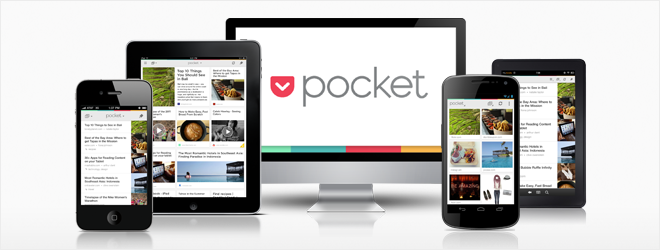Now we are teaching a class that all have iPads, with the possibility of a QR code reader app on them it is possible to start utilising QR codes. The main advantage that I can see is sending students to specific web addresses. Particularly when they are long like the one below.
http://www.bbc.co.uk/schools/gcsebitesize/science/ocr_gateway/home_energy/cooking_wavesrev1.shtml
To get to this BBC bitesize link I would normally put a long list of instructions and things to click on. A QR code allows students to scan it and go straight there.

There are numerous QR code readers in the App Store. I have always used a free one. They usually allow you to both read and create QR codes.

Once you have made a QR code it isn't easy to recognise what it is linking to. However, the app you use to create the QR code will save them. Alternatively, using an app like 'Over' or 'Skitch' or by inputting them to a word document you can add text to them to describe what they do.
Potential uses for QR codes include adding them to displays so students can find extra information. Printing them on the front of exam practice papers with a link to the mark scheme and/or examiners report. Including them on worksheets with links to websites and videos students can find extra information and support. Anywhere a link would be useful.
QR Codes can also include some text, so it is possible to use it to share answers, information or instructions.

Further reading:
http://www.whatisaqrcode.co.uk
http://www.bbcactive.com/BBCActiveIdeasandResources/QRcodesineducation.aspx
https://docs.google.com/presentation/d/1OvG07JMYYpPBy1QwYcoJcbdWx_XnCCOO25Z2BdwYy4c/mobilepresent?pli=1&slide=id.g1d6f96916_00
http://www.scholastic.com/teachers/top-teaching/2012/09/ways-use-qr-codes-education
- Posted using BlogPress from my iPad




